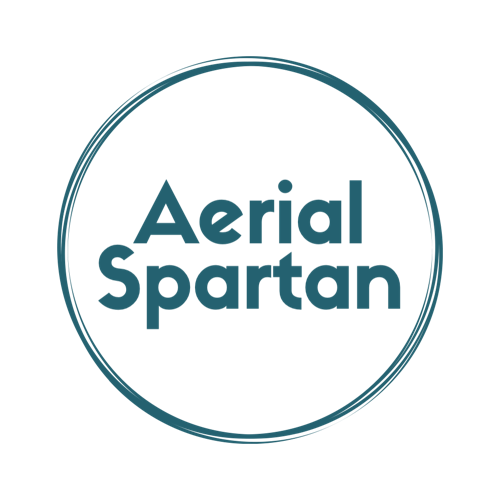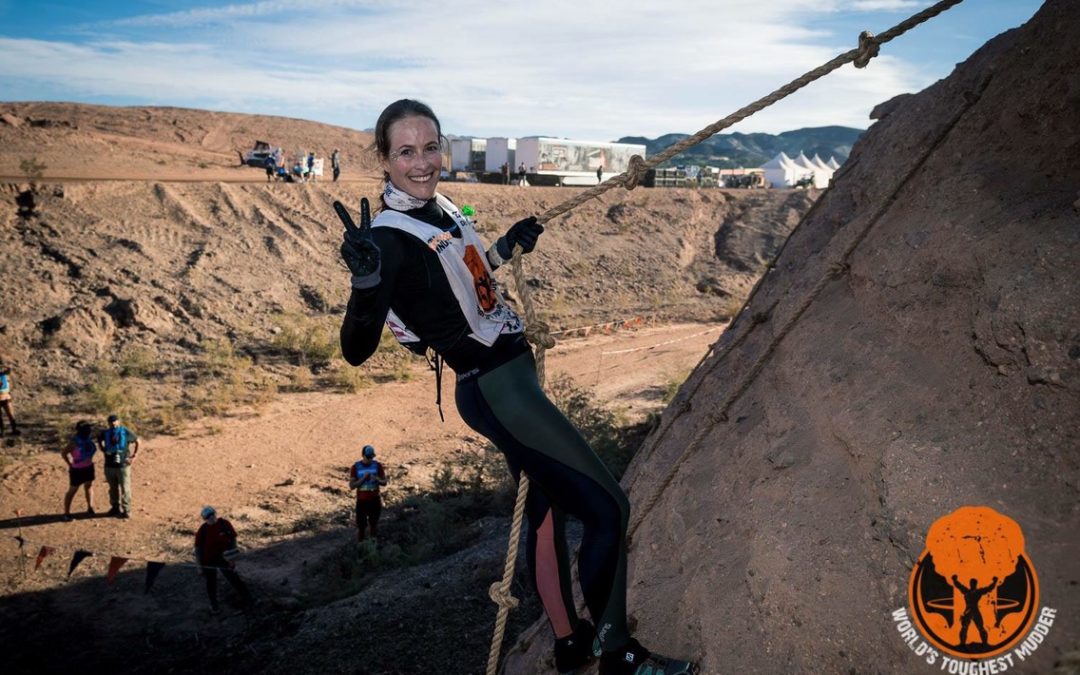
7 things I learned in my first 24 hour race
I recently ran World’s Toughest Mudder , a 24 hour obstacle race held in the desert just outside Las Vegas, Nevada. While I think I was quite prepared for this one (think training, nutrition, gear and getting lots of information on the World’s Toughest Mudder Facebook group), there were still some valuable lessons I learned, that can be applied to any 24 hour race, not only obstacle races. And yes, there were some things I learned the hard way.
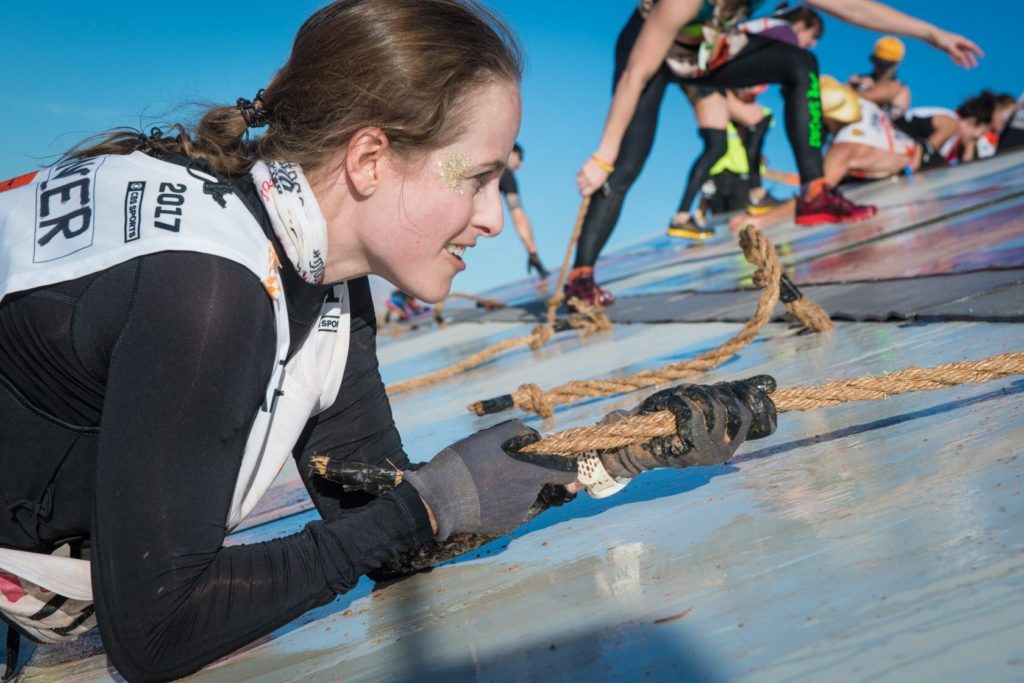
So here are my top 7:
24 hours are an absolute game changer
Before my first 24 hours race I’ve done quite a few of what I consider long races. I did the 8 hour Europe’s Toughest Mudder, the Spartan Ultra Beast that took me 12 hours, and the Bergmarathon, a 35 km alpine trail race, which I finished in just under 10 hours. So I thought I was prepared for going longer than that.
But I was proven wrong. 24 hours is a complete game changer. Whatever you thought worked before, can not work in a 24 hour race. Your body will shut down and react differently than before. The lack of sleep, and the accumulated fatigue will have its effect. The dark and cold of the night will break your will. If something can go wrong, it will go wrong.
Be there early. For EVERYTHING!
This is a lesson I learned several times during this race. No matter if it was the race check-in, the pit load, the community dinner before the race or the brunch afterwards. Being early was always a huge advantage. It meant that you could select better pit spot, being in front at the start, better dinner and brunch tables. (Yes, they did run out of food at the brunch.)
But more importantly it meant more time spending with the people there. You could finally catch up with all the other crazy people that love to do the same crazy stuff. Meeting friends you had not seen in a while, and making new friends. and of course taking lots of selfies with them.
Hypothermia is real.
I really treed to prepare for the cold of the race. For about 1.5 months before the race, I did cold wet wet suit runs to simulate and mimic the conditions of the race. (which in that case meant running in a wet suit and jumping into cold water every 15 minutes). But on race day the cols still hit me very hard. What was different? I was not only cold for an hour, but for several hours in a row. And the longer I was out on course, the slower I got. After 12 hours I was walking most of the time, which meant I could no longer warm up properly. the result: hypothermia and severe tummy cramps.
I had hoped that it would get warmer with dawn when the sun would come up. But it was cloudy and it did not.
Luckily I had brought a backup 5 mm winter surf wet suit, hot beverages in a thermos bottle and self activating heat packs, which saved my 24 hour race. Other friends were less lucky. They had to abandon the race because of hypothermia. Some of these were also the ones that thought they would not need a wet suit in the first place. And also at other races like UTMB I saw friends DNF because of the cold.
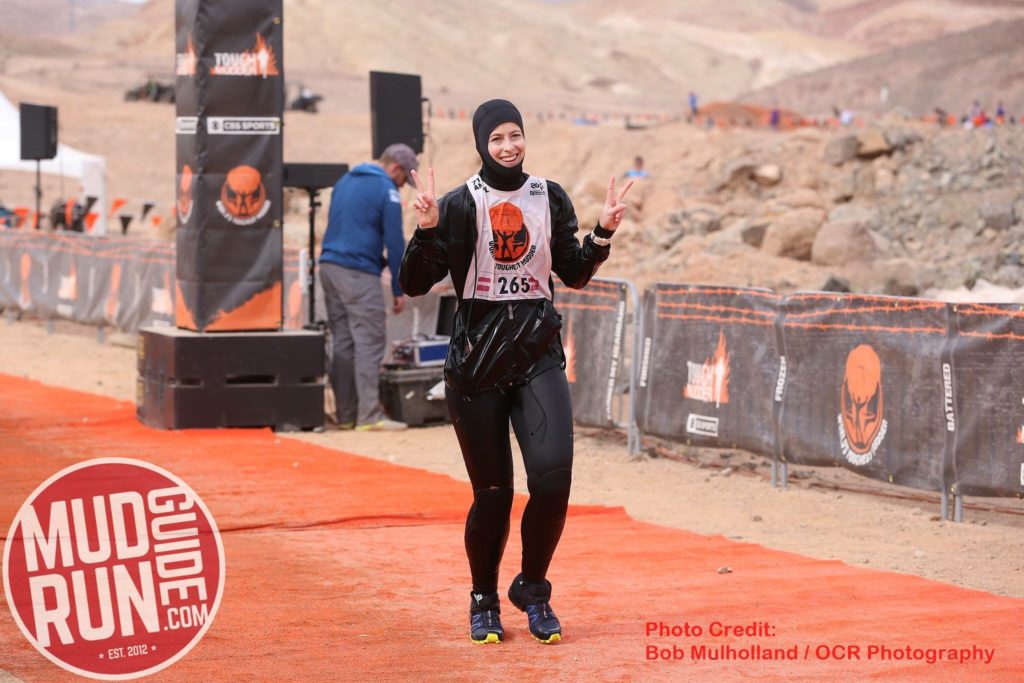
So no matter what race you tackle: beware of hypothermia. Even if you think you run warm usually does not mean you will walk warm warm when an injury or exhaustion forces you to drastically slow down. Train in conditions much worse than planned and always have a backup plan.
Nutrition is a nightmare in a 24 hour race
I never had problems with nutrition before. I usually can eat what I want, and I usually want to eat a lot. But at my first 24 hour race my whole nutrition plan stopped working after 12 h. The gels I usually love were just tasting disgustingly sweet, the baby food I ate earlier made me feel sick, as well as the expensive sports drink I had bought. The hot chicken broth left a way too salty aftertaste in my mouth that I could not get rid of. Generally speaking: I had lost my appetite for everything. I had brought so much more food, but did not want to eat anything. Everything my friends at the orphan tenet offered me i declined. My tummy issues were definitely not helping at that point. Luckily I did not have to through up like other athletes, also the elite ones.
But I knew I had to eat and I had to eat a lot to keep going. And it was really, really hard to put food into my body. And this did not get better after the race. I just could not really eat anything until 24 hours after the race. And on my last lap I could already feel the lack of energy I had, so there was no chance I could have done another lap.
So what would I do differently then? I would probably force myself to eat way more as long as I still can. Which also means more carbloading before and bringing more food onto the course in the first 12 hours of the race. And then bring even more food of different types than what I already had. Who knew that that snickers bar would taste so delicious at 4 a.m. in the morning.
Put your name on your shirt or bib
At World’s Toughest Mudder everyone wears bib that are more like a t-shirt, not a piece of paper that you pin on. Which also means that everyone writes their name on the back of the bib. And usually people would not only put their normal name on it, but their nickname. So I want with POLEDANCER. Rea Kolbl, who won the women’s race, had #UNBROKEN on hers. The male winner Ryan Atkins had NOBODY on his (how humble, as one of the race mantras is “nobody is better than your best”. Get it?)
Whatever you decide to put onto the back of your shirt or bib, can be very powerful and make or break your race. Why? Because it will shape you mentally. But more importantly it will be read by other people, on and off the course. People will chat you up, come up and talk with you just because of what is written on your back. You will make friends on the course.
I put POLEDANCER on my bib for exactly that reason. I wanted people to recognize and remember me, and chat to me on course. Because in the dark everybody looked the same in their wet suits and hood, but people would read the back of my bib and talk to me. “Is that sour job?” or “Going strong, poledancer!” were the most common thing. One time it even started a conversation with Team USA “I have so much respect for your profession!” – Me: “It is just a hobby.” – Team USA: “Well, I have so much respect for your hobby. And for all the women that do it professionally. And for Women in general.”
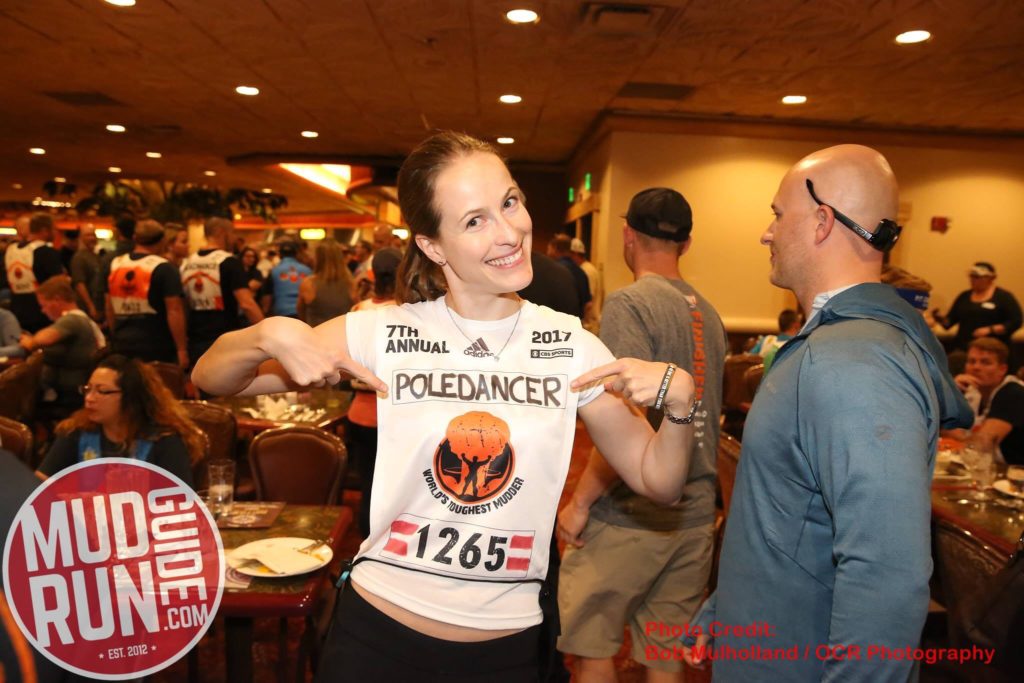
I made some many friends on the course and got so many encouraging messages just because I had my nickname on my bib. This was a real game changer for me, and I will definitely continue doing that in the future.
Buy things and donate them later
I am usually a very environmentally conscious person. I recycle as much as I can and try to be good to the environment. So I brought as much as possible with me to the race, and tried to buy as little as possible. So I also borrowed a tent and a mat from a friend, instead of buying one myself.
But after the race this also meant that I had to clean an pack up the tent and clean the mat. Trust me, this is not want you want to be doing after you’ve just ran over 100 km in a 24 hour race. I also did not want to pack all the gear into my suitcase in an organized way, I just wanted to toss everything in there. But it did not fit, because I brought too much stuff. I also had to carry two heavy suitcases to and from the airport, which as was nightmare.
So in the end I ended up throwing a lot of stuff away. Luckily there was a donation station at the race, where we could donate food, water and gear, so not everything would go to waste. Next time I will do a race like that, I will plan on buying things that I do not absolutely need to bring like a tent, a sleeping bag, chair, air mattress or food and drinks. That extra piece of luggage also cost me a lot of money and consumed CO2, so buying it there and donating it later seems like the much better option.
It’s about the people you meet
Yes I admit it: I probably signed up for my first 24 hour race because I wanted to challenge myself. But over time my motivation changed. I heard of the amazing World’s Toughest Mudder Community and I wanted to be part of it. Even if most of the people there would consider this community the best of all, I heard that communities of other races are equally amazing. Whether it is the Ultra Trail du Mont Blanc, the Marathon des Sables, the Survival Runs, the Trans Alpine Run, all of these events have a unique spirit and bring the most special crazy people together. So soak up the spirit. Make friends. Help a stranger out.
I’ve always depended on the kindness of strangers. – Blanche Dubois in Tenesse William’s A Streetcar Named Desire
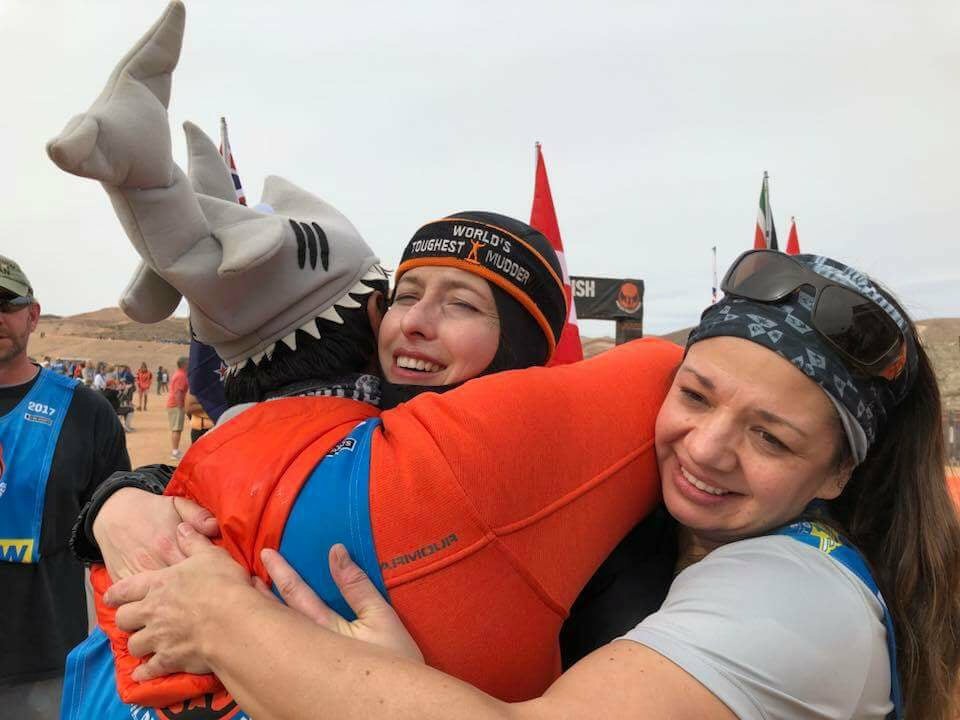
I met so many amazing people before and during this 24 hour race that I stopped counting. But I know that the friendships that I made will last a lifetime.
